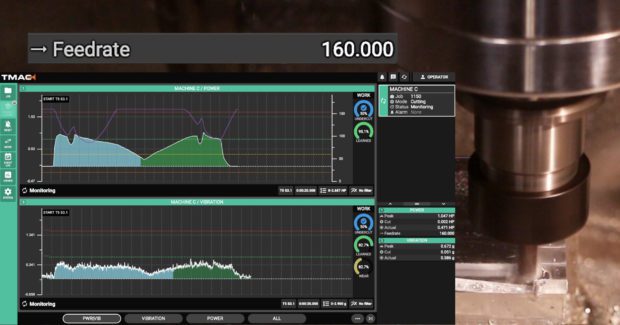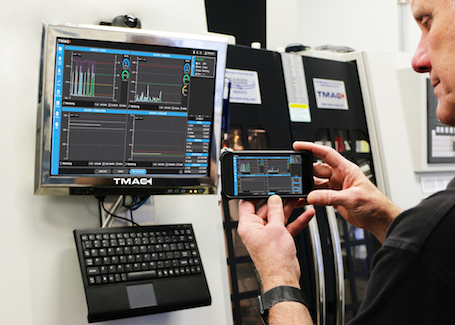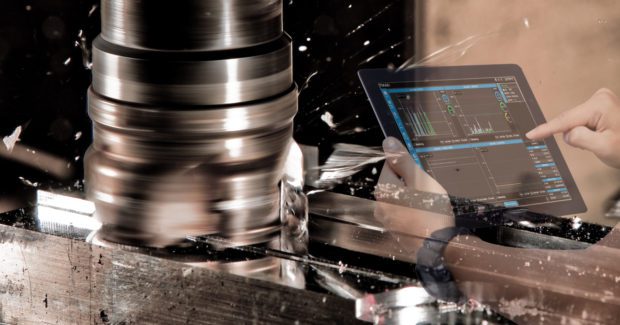Remote Tool-Monitoring System Provides Real-Time Machine Control
Caron Engineering’s browser-based TMAC 3.0 enables real-time monitoring and system control from any network-connected device for any machine tool brand. It’s ideal for unattended CNC machining because no operator intervention is required.
Posted: January 17, 2021
Completely redesigned to give operators numerous ways of viewing data, Caron Engineering Inc.’s (Wells, ME) Tool Monitoring Adaptive Control (TMAC) Version 3.0 now has its own web server. As a result, the browser-based adaptive tool-monitoring system can be remotely accessed and controlled from any network-connected device. Ideal for unattended CNC machining, the platform seamlessly communicates with third-party overall equipment effectiveness (OEE) software via industry-standard MTConnect protocol.
Operators with assigned permissions have live access to all TMAC systems on a shop floor from a single browser. Permissions can be customized for each user to assign access based on user role and job function.
Caron Engineering’s sensors are 10 times more sensitive than other sensors on the market, enabling the platform to cover a wider range of tools. Its separate high-speed processor collects data 200 times per second and directly interfaces with any CNC control to react instantly.
The platform optimizes cutting based on wear, variations in material hardness, consistency, and depth of cut. Using a power sensor to monitor the motor, it overrides the machine tool feed rate to maintain constant spindle motor power during cutting. This enables it to increase the feed rate with low-power cuts and decrease the feed rate with high-power cuts and as tools wear. Users will see an immediate increase in productivity, extended tool life, and up to 60% reduction in cycle time – a significant savings when working with difficult-to-machine materials.
In addition to power, the platform monitors sensors for vibration, strain, coolant pressure and flow, and spindle speed. Operators can customize views to show four sensor channels simultaneously in a single view. For example, the operator can set up a split-screen view to monitor power, vibration, spindle speed, and coolant for a specific tool and section at the same time and set unique limits for each sensor and channel.

















